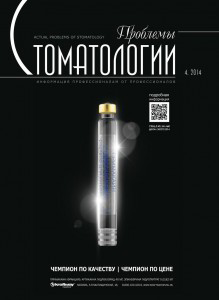The use of cone beam computed tomography (CBCT) in paediatric dentistry has been mentioned in numerous publications and case reports. The indications for the use of CBCT in paediatric dentistry, however, have not yet been properly addressed. On the other hand, the three basic principles of radiation protection (justification, limitation and optimisation) should suffice. A review of the current literature was used to assess the indications and contra-indications for the use of CBCT in paediatric dentistry. Paramount is the fact that CBCT generates a higher effective dose to the tissues than traditional dental radiographic exposures do. The effective radiation dose should not be underestimated, especially not in children, who are much more susceptible to stochastic biological effects. The thyroid gland in particular should be kept out of the primary beam as much as possible. As with any other radiographical technique, routine use of CBCT is not acceptable clinical practice. CBCT certainly has a place in paediatric dentistry, but its use must be justified on a patient case individual basis.
cone beam computed tomography, paediatric dentistry, diagnosis, safety



















